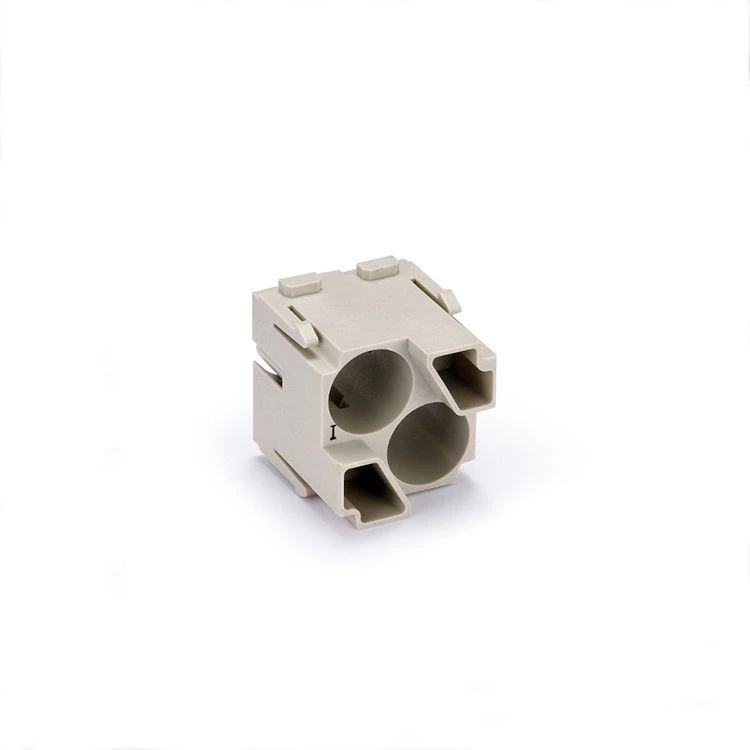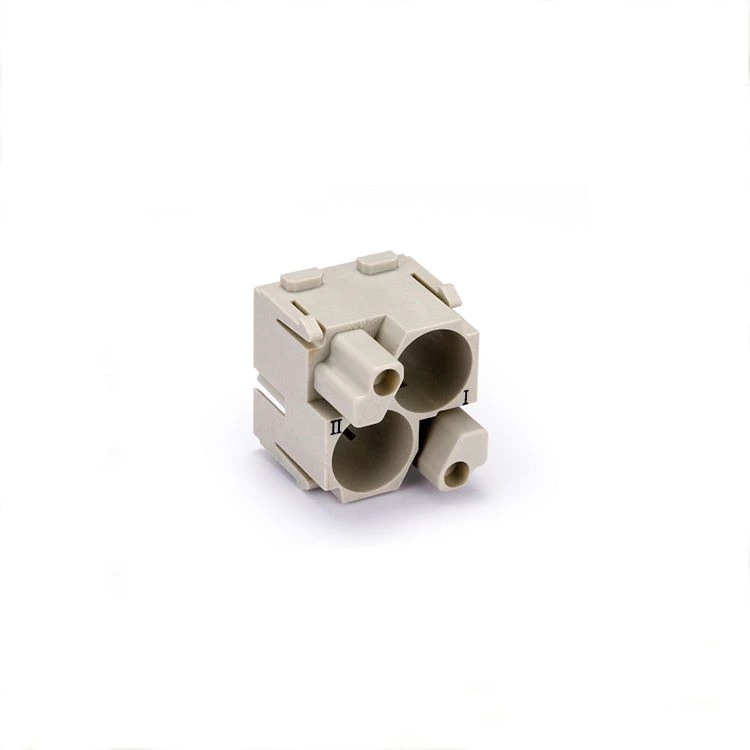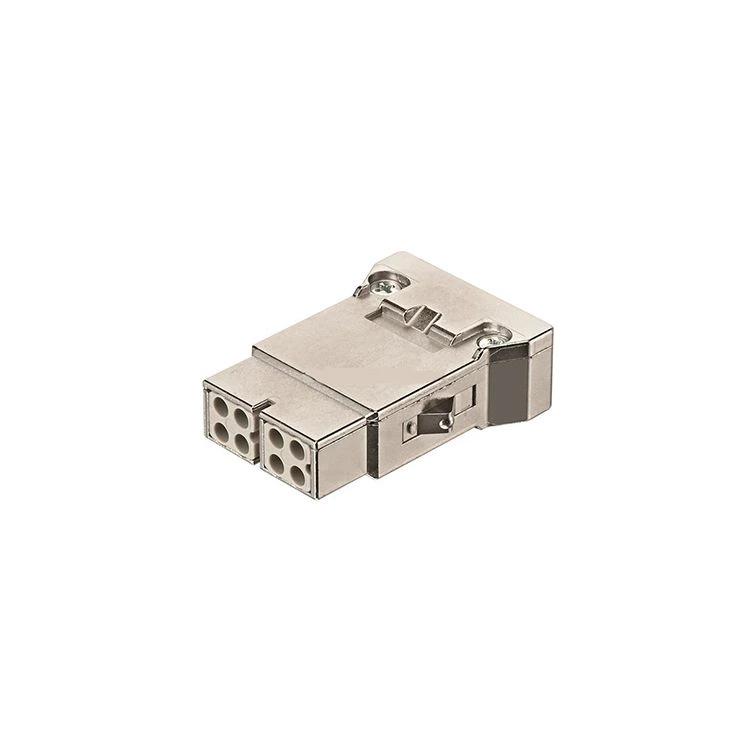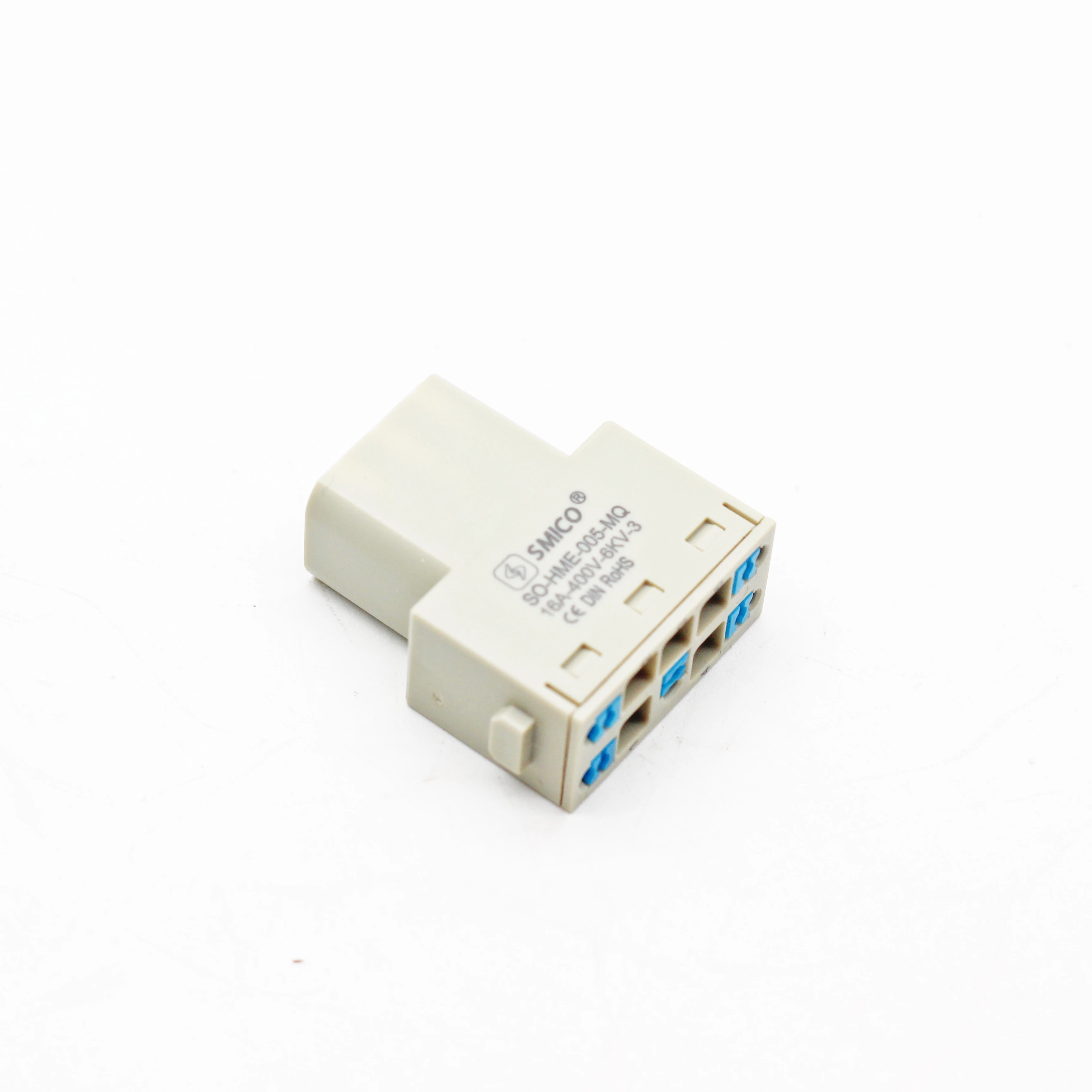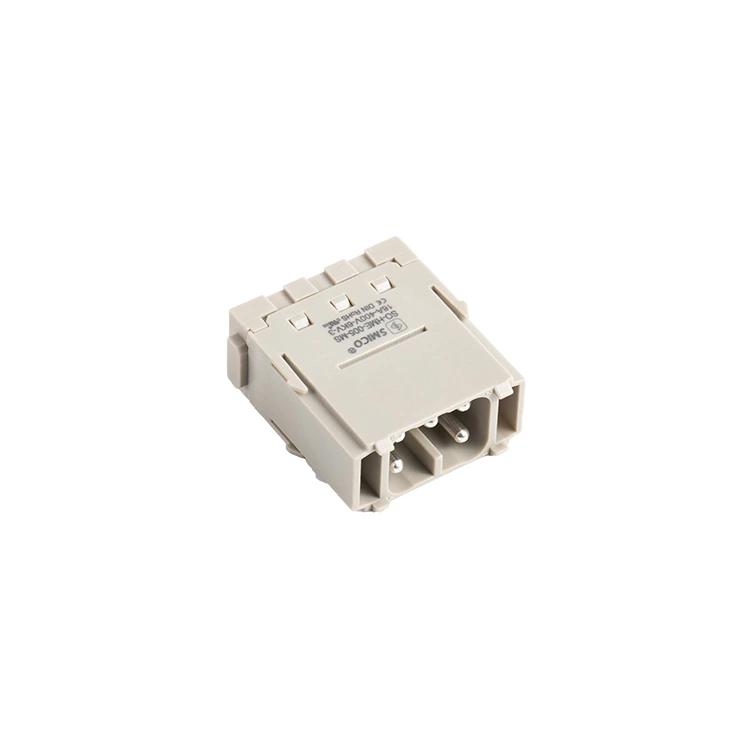Common Issues To Consider When Selecting Rectangular Connectors For Your Project
Heavy Duty Connector is a ubiquitous part of almost every electronics project. Understanding the available connectors and the specifications that need to be considered during the design process is very important. You don't want to get close to the end of a project and find out that you need to add an item and need to adjust the project to accommodate this as this will ultimately cost you in terms of time and money.
When selecting a connector for a project, there are some considerations that need to be taken into account when specifying the needs of the connector. Some of the more common questions are:
How many contacts do you need for the connector?
How do you want or need each connector to be mounted?
How does it need to be mounted?
What termination style does your application require?
Does the connector being used need to provide ingress protection?
What voltage and current are you expecting to connect?
Number of Contacts
In many cases, knowing the number of contacts required for a connector is a given. However, sometimes, other requirements for the overall application and usability of the project will ultimately impact the specifications of the project selected.
Further consideration also needs to be given to the capabilities that the connector needs to handle as this will impact the options selected. As the power handling capabilities of connectors continue to increase, one may find that the total number of contacts for any package/shell size will go down. This is due to the need for larger wires and/or higher voltage space. Some manufacturers increase voltage ratings by increasing the isolation between contacts and the total distance that the arc travels from one contact to another. Additionally, there are connectors that have a ground contact to the rest of the contacts. They are longer than the rest of the connectors and are used to reduce/eliminate arcing between two mated/unmated connectors.
In addition, here are some points that should be kept in mind and considered during the selection process:
How many connectors and contacts do you need to get power in and out of the housing?
What are the general types of combinations of contacts that connectors can be used for.
Power contacts, signal contacts, power and signal contacts, signal + ground contacts.
If the project only has one connector to work with, one may need to use a slightly larger connector in order to incorporate all the contacts.
If the signal and power are separate, then the space they take up will increase. However, this may be required by the overall layout of the application, or the application function warrants keeping them separate.
